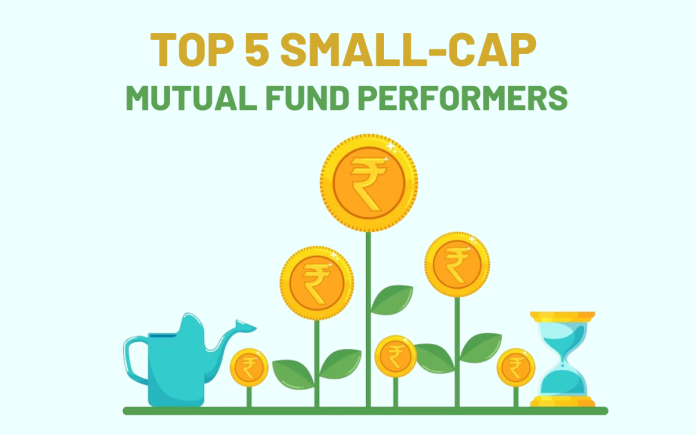Investing in mutual funds has always been a favoured approach for individuals aiming to grow their wealth while mitigating risks. Within the wide spectrum of mutual fund choices, small-cap mutual funds have emerged as an enticing alternative for investors in pursuit of substantial growth prospects, despite being accompanied by their own set of risks.
Small-cap mutual funds fall into the category of equity mutual funds primarily dedicated to investing in stocks of relatively small-sized companies. These enterprises, often referred to as small-cap companies, generally possess a lower market capitalization compared to their larger counterparts such as large-cap and mid-cap companies.
Market capitalisation signifies the overall value of a company’s outstanding shares in the stock market.
Although specific market capitalisation thresholds can vary, small-cap companies in the Indian context are typically characterised by having a market capitalisation below a certain predefined benchmark, which is frequently established by the respective fund management companies themselves. This benchmark generally rests below Rs 5,000 crore; alternatively, some may consider Rs 10,000 crore, contingent upon the investor’s perspective.
In the realm of the Indian investment arena, small-cap mutual funds present an exclusive prospect to take advantage of the growth potential embedded within small-sized enterprises. These entities possess the latent ability to evolve into future market leaders, thus providing a distinctive avenue for investors to tap into tomorrow’s success stories.
Top 5 best-performing small-cap mutual funds as per the last three years’ returns:
| Scheme Name | AuM (Rs Cr) | Expenses Ratio | 3M Return | 1Y Return | 3Y Return | Fund Managers |
| Quant Small Cap Fund | 6,779.64 | 0.62% | 16% | 38% | 50% | Ankit Pande, Vasav Sahgal, Sanjeev Sharma |
| Nippon India Small Cap Fund | 34,468.92 | 0.75% | 17% | 33% | 45% | Kinjal Desai, Tejas Sheth, Samir Rachh, Akshay Sharma |
| HSBC Small Cap Fund | 10,766.46 | 0.72% | 13% | 28% | 43% | Venugopal Manghat, Vihang Naik |
| HDFC Small Cap Fund | 21,066.56 | 0.76% | 15% | 38% | 42% | Chirag Setalvad |
| Tata Small Cap Fund | 5,683.23 | 0.44% | 12% | 31% | 41% | Satish Chandra Mishra, Chandraprakash Padiyar |
Let me highlight a few crucial points that investors should be aware of. A fund manager is an investment professional responsible for making decisions regarding the fund’s investment portfolio. They play a pivotal role in managing the fund’s assets, making investment choices, and executing strategies aligning with its objectives and goals.
The expense ratio in simpler terms, indicates the proportion of an investor’s assets that goes toward covering the fund’s operating expenses. A lower expense ratio is generally preferred by investors because it means that a larger portion of their investment returns remains with them.
Know more about: CapEx Vs OpEx
The Quant Small Cap Fund boasts the lowest expense ratio, closely followed by the Tata Small Cap Fund. Additionally, it stands out as the top gainer in terms of returns over the past three years, having generated a remarkable annualized return of 50% in the last three years.
In comparison, its benchmark index, the Nifty Small-cap 250 Index TRI, has posted a return of 36% during the same timeframe. This significant outperformance compared to its benchmark index emphasizes the fund’s impressive performance.


